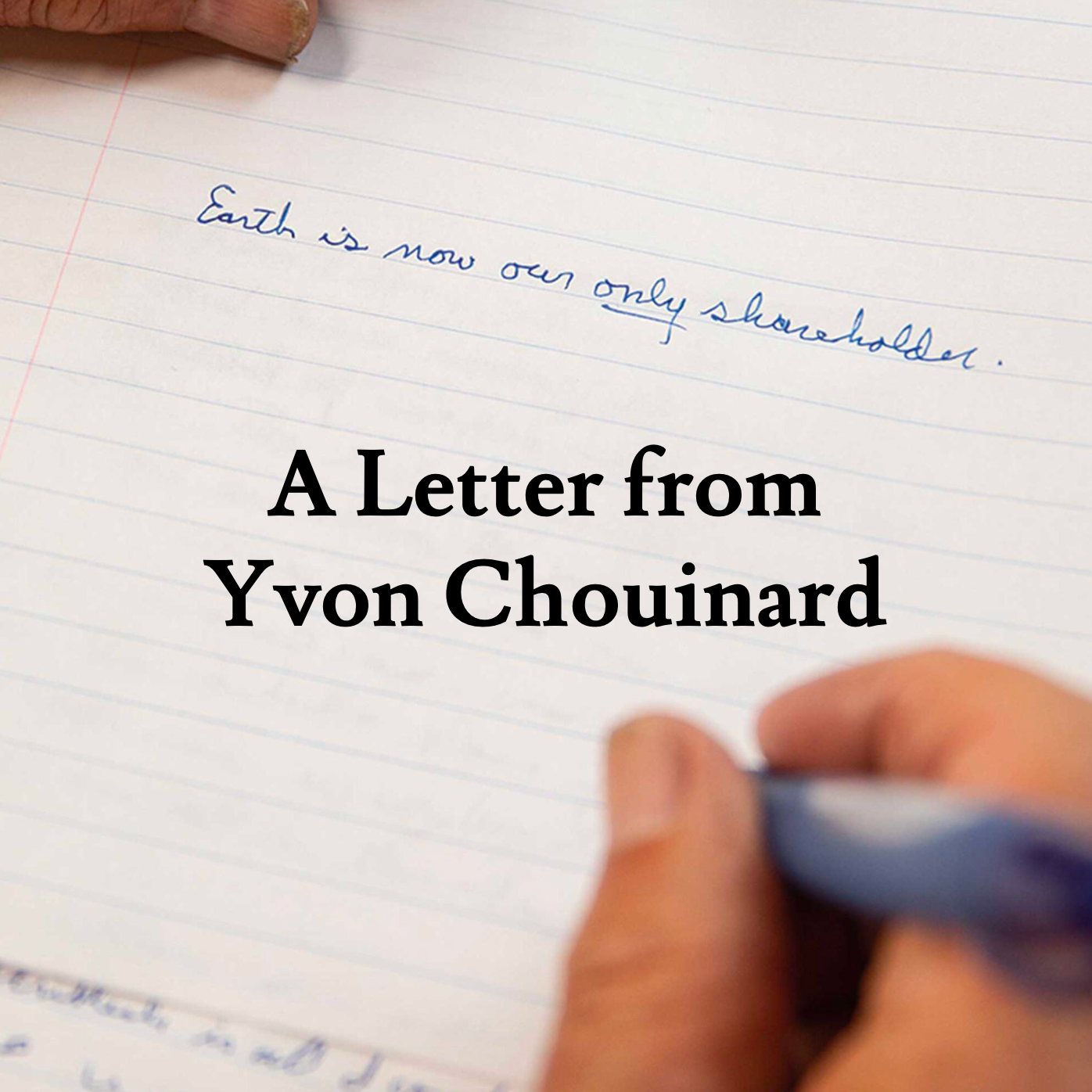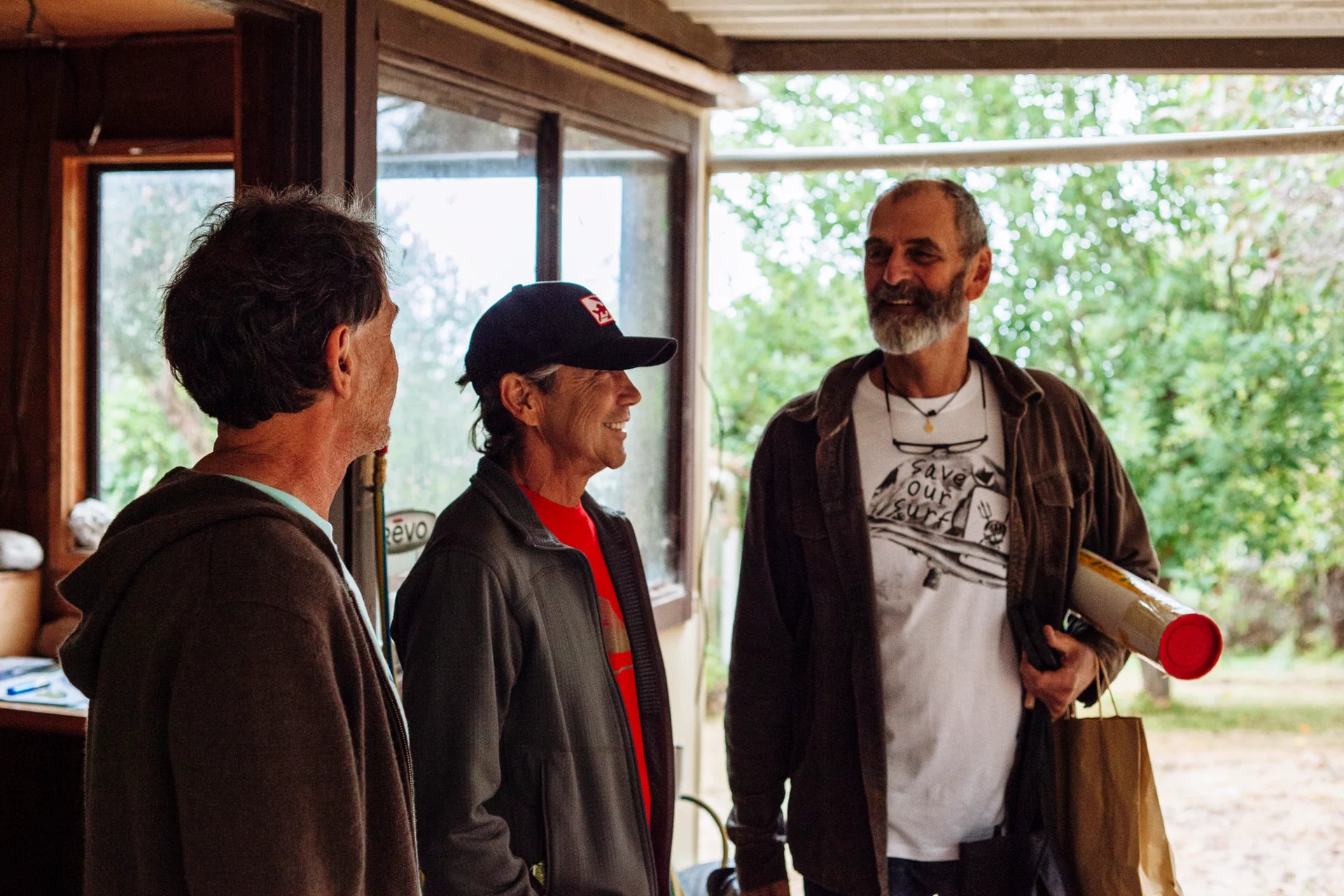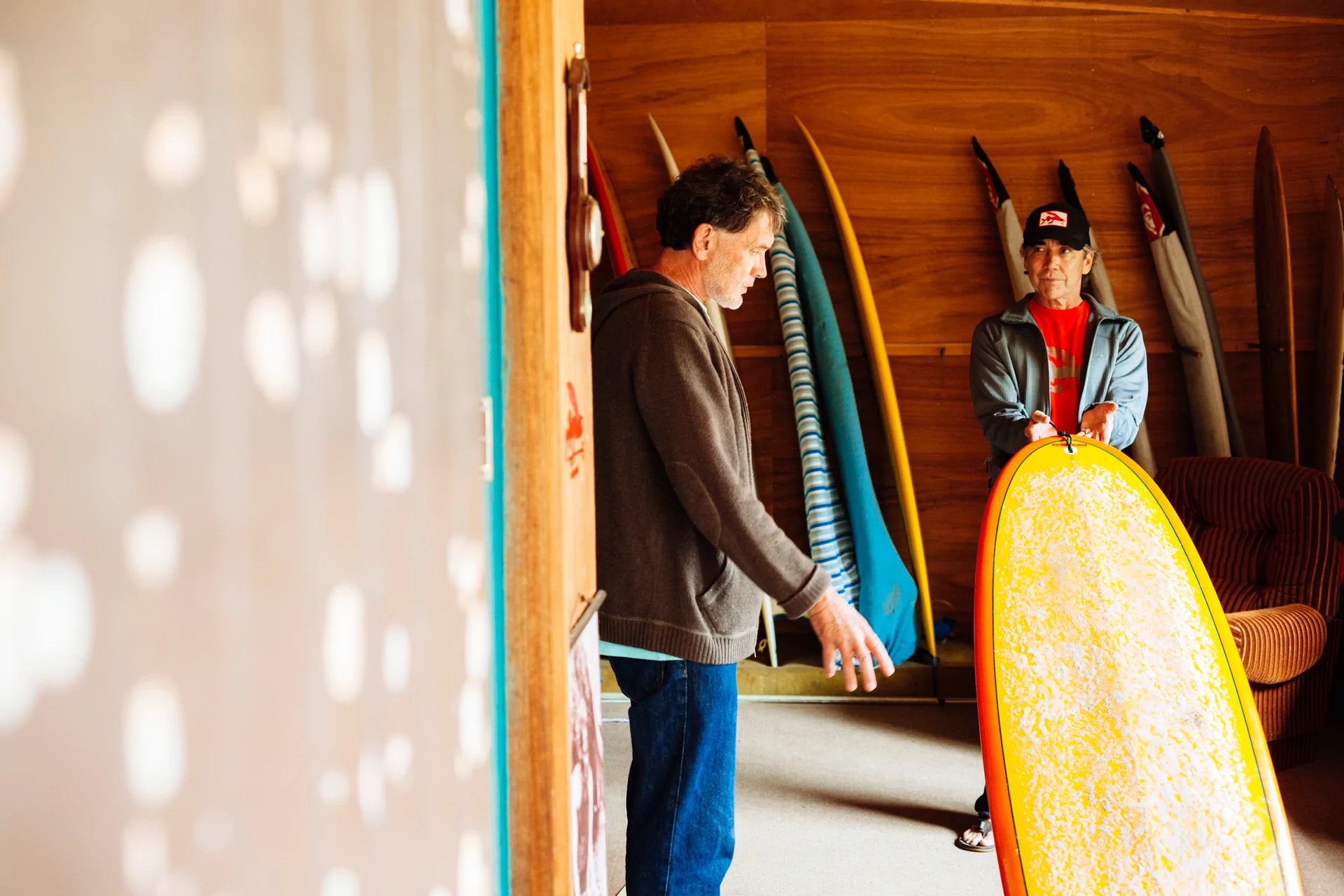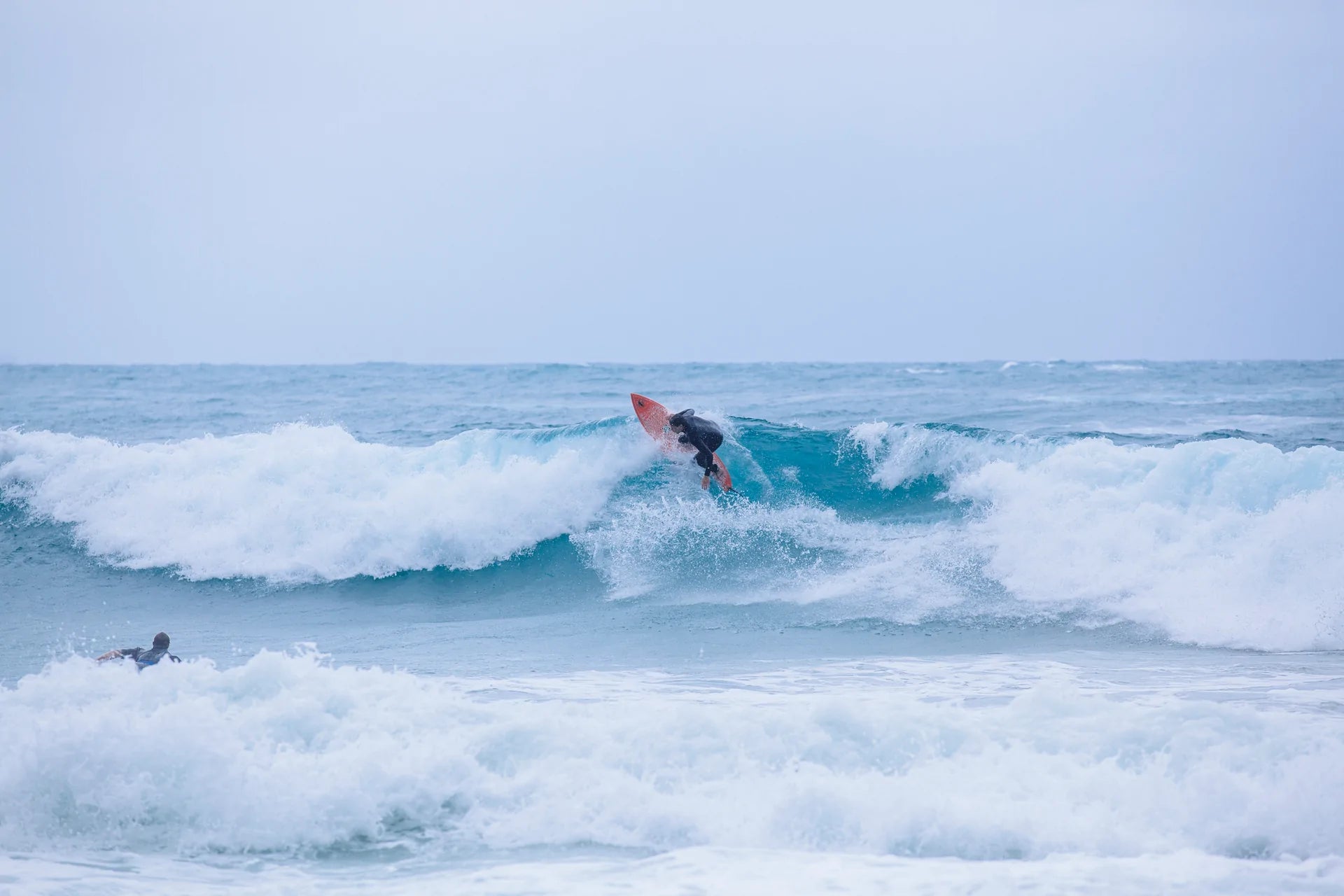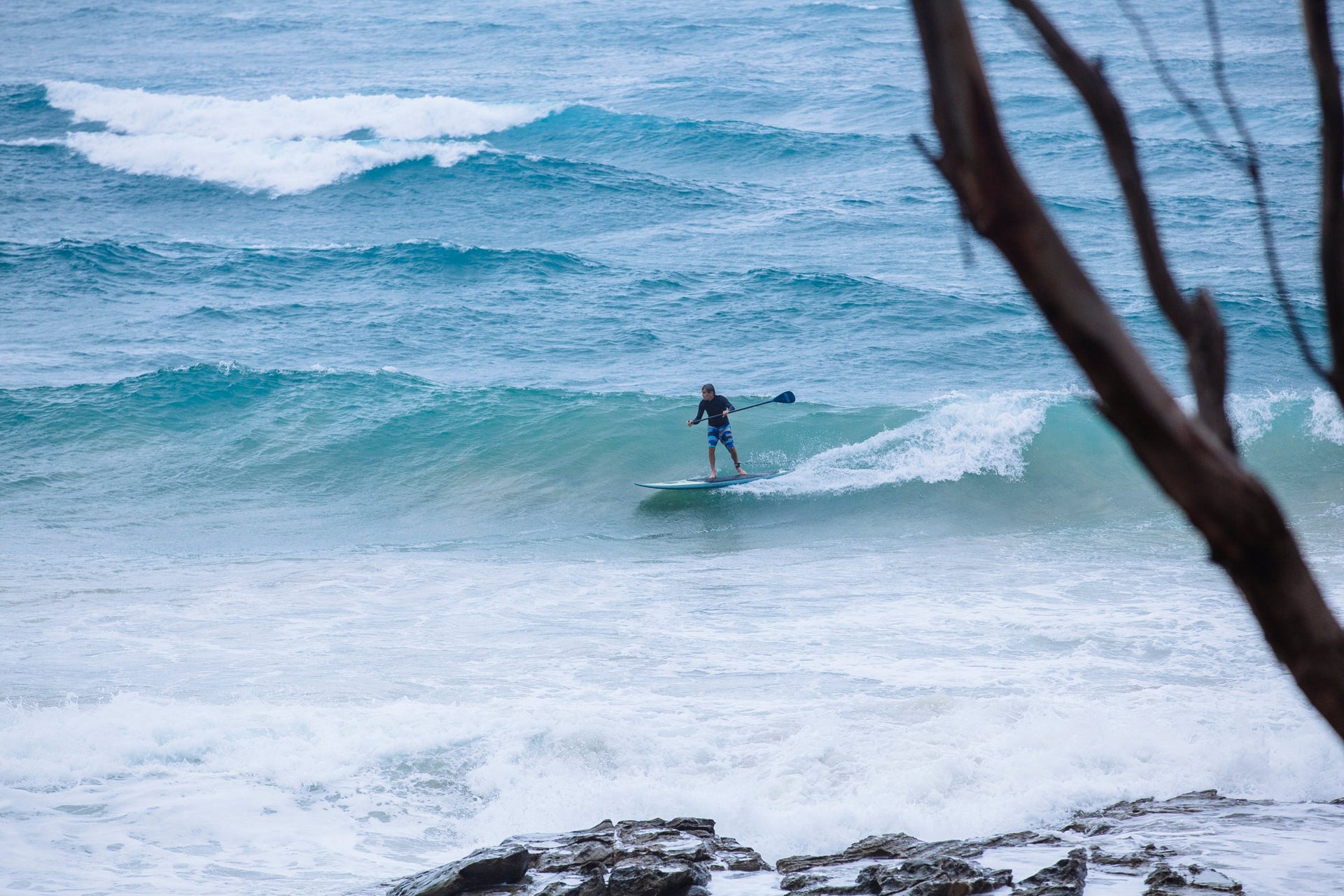The Great Ocean Road snakes west from Bells Beach, along some of the most stunning coastline in Australia. Green hills, cold ocean, great surf. It used to be a true escape, a drive back in time where you could find hidden reefs and open beaches and surf them to yourself all day. Today it feels like everyone is trying to escape down there. Cars loaded with surfboards tail tourist buses, stuck behind them on the winding road, unable to overtake, impatient, cursing.
The first time Wayne Lynch, Jack McCoy and Gerry Lopez drove the Great Ocean Road together was during the 1970 World Surfing Titles, hosted in Wayne’s hometown of Lorne. The small town down the coast never knew what hit it. The contest would become a swing point for surfing, which was wrestling with itself at the time, torn between the purist act of surfer against ocean and the growing competitive paradigm of surfer against surfer. It was a pivotal point in the lives of all three young men.
In 1970, Gerry had just helped usher in the shortboard era on Maui with Dick Brewer, but had yet to win at Pipeline, the wave that would come to define him. Wayne was the most radical kid in the world but was soon on the run from both the Vietnam War draft, and his own fame as a surfing prodigy. Jack, who’d grown up with Gerry in Hawaii, had just started to master life behind the lens and would be so spellbound by his trip to Australia that he never got on the plane home to Hawaii.
In the years ahead they would all become surfing icons in their own right. Gerry, the Pipe guru. Wayne the reclusive, social conscience of surf. Jack, the godfather of surf film. But as their personal legends grew and the years rolled on, they drifted apart tectonically and didn’t see much of each other. By the time Gerry finally made it back to Australia in 2012, he hadn’t been here in over three decades. To mark the occasion, he jumped in a car with Jack and headed back down the Great Ocean Road, boards on the roof, driving down the coast to surf with Wayne.
Heading west from Bells, Gerry is quietly taking in rolling countryside that hasn’t changed much since 1970. Jack, as ever, is up for a chat. “The first time we surfed Cactus, remember that, Gerry?”
“I’ve been trying to forget it ever since,” moans Gerry.
The pair start to recount an early ‘70s road trip across the Bight, all the way to Cactus in a souped-up, borrowed ute. “As fast as it will go,” recalls Gerry of his driving. “And he,” pointing at Jack, “talked the whole 20 hours, like he is now. It’s been that way since we were 12 years old.” Jack recounts getting to Cactus and staying with friends in the old-corrugated iron shacks in the Cactus sand dunes. The trip was memorable, but not for the surf.
“Tell ’em about the shark, Gerry.”
“Biggest f****** shark I ever seen,” he replies, dryly.

